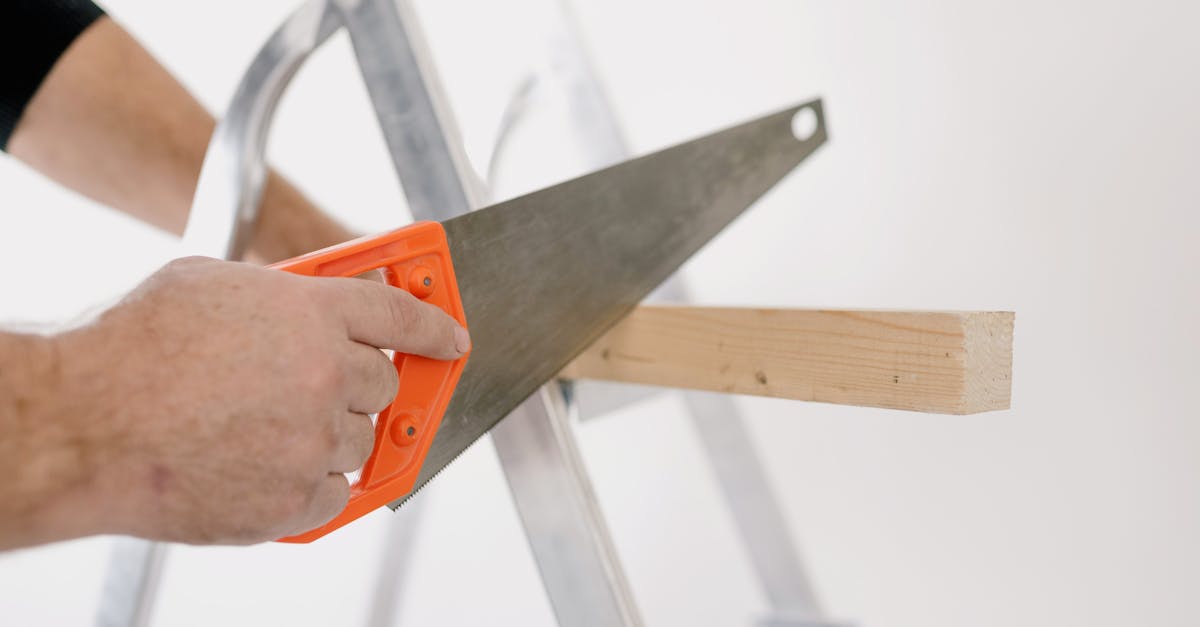
Key Elements of Architectural Design for Custom Homes
support load-bearing elements effectively. Attention to detail during the selection process ensures longevity and reduces the need for frequent repairs, ultimately benefiting homeowners.Additionally, understanding the infrastructure surrounding a potential site plays a crucial role in the planning process. Local road access, public transport links, and proximity to emergency services can enhance living standards and increase property value. A site devoid of these important elements may lead to inconveniences and reduced quality of life for future inhabitants. Therefore, the utility landscape and surrounding infrastructure must be evaluated not only for immediate requirements but also for long-term sustainability and comfort.
Another critical factor is the architectural design itself, which should incorporate proper load distribution and alignment. Engineers and architects must collaborate closely to assess how forces act on the structure. This involves considering the home's orientation, roof design, and foundation type. An effective design allows for natural venting and moisture control, enhancing resilience against environmental stressors. Prioritising these elements fosters a safe and secure living environment.Ensuring Availability of Essential Services
Energy Efficiency StrategiesBefore beginning the construction of a custom home, it is essential to evaluate the site’s accessibility to vital services. This
flects the homeowner's personality. Custom homes allow for unique expressions, showcasing art, collectibles, and preferred materials that tell a story. Every choice contributes to a cohesive aesthetic, ensuring that the environment not only serves daily needs but also evokes a sense of belonging and comfort.Additionally, understanding the landscape and environmental aspects of a site can lead to smarter financial decisions. Assessments may uncover issues related to drainage, leading to necessary investments in proper water management systems. By addressing these factors upfront, homeowners can avoid costly modifications and repairs that typically arise from overlooking site-specific challenges. This proactive approach not only saves money but also aligns the construction process with best practices in sustainable home building.
Achieving balance within rooms requires attention to spacing and layout. Open-plan designs can promote flow between different areas while maintaining individual character through strategically placed partitions or furniture arrangements. Thoughtful lighting design enhances the mood and highlights specific features, further integrating personal style throughout the home. The result is a seamless blend of practicality and artistic flair that transforms a house into a true reflection of its inhabitants.Understanding the Financial Benefits of Thorough Evaluations
FAQSA thorough site assessment can lead to significant cost savings in the long run. Identifying potential issues before construction begins helps prevent unexpected expenses related to land preparation, utility installation, or environmental compliance. When builders and homeowners are aware of the site conditions, they can make informed decisions that minimise overruns and avoid costly changes during the construction process.
What is the importance of structural integrity in custom home design?Moreover, understanding the unique characteristics of the site can inform better design choices. Tailoring plans to fit the land not only optimises functionality but may also reduce material costs. By investing in a comprehensive evaluation upfront, home builders can ensure that their custom projects are not only aesthetically pleasing but also financially viable, thereby enhancing the overall value of the investment.
You can enhance energy efficiency in your custom home by incorporating strategies such as high-quality insulation, energy-efficient windows, solar panels, and smart home technology that optimises energy use.How can site assessment affect the cost of building a custom home?
What should I consider when integrating interior design into my custom home?A thorough site assessment can uncover potential issues that may arise during construction, allowing for better planning and budgeting. This can ultimately save money in the long run by preventing costly surprises and enabling more accurate cost estimates.
When integrating interior design, consider factors such as your personal style, functionality of spaces, colour schemes, and how different areas will flow together. This creates a cohesive and aesthetically pleasing environment.What risks are associated with poor site assessment?
How do I ensure my custom home meets safety standards?Poor site assessment can lead to numerous risks, including inadequate drainage, unexpected utility costs, and potential legal issues. These problems can result in delays, additional expenses, and even compromise the safety and integrity of the home.
To ensure your custom home meets safety standards, work with licensed architects and builders who are familiar with local building codes and regulations. Regular inspections during construction can also help maintain compliance.Can a site assessment help with environmental sustainability?
What role does personal style play in architectural design for custom homes?Yes, a site assessment can identify environmentally sensitive areas and inform sustainable building practices. This helps builders make informed decisions that minimise environmental impact and promote sustainability in custom home construction.
Personal style is essential in architectural design as it influences the overall aesthetic and functionality of the home. It allows homeowners to express their individuality while ensuring the space meets their specific needs and preferences.
Related LinksRelated LinksKey Steps in Site Preparation for Your Custom Home
Balancing Aesthetics and Functionality in Custom Home ArchitectureEssential Equipment for Effective Site PreparationUnderstanding the Role of Space in Home DesignBest Practices for Site Preparation in Sloped Areas
Trends in Modern Architectural Design for Custom HomesThe Role of Surveyors in Site Preparation for Custom Homes
The Impact of Local Climate on Architectural Design ChoicesEnvironmental Considerations in Site Preparation
Sustainable Architectural Practices for Custom HomesPreparing for Utilities: A Guide for Custom Home Sites
Creating Flow and Connectivity in Home Layouts
Incorporating Natural Light into Custom Home Designs
The Importance of Scale and Proportion in Home Architecture